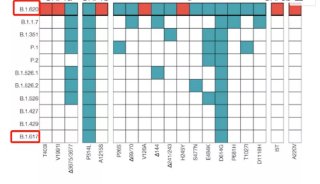B Lymphocyte Cell Surface Molecules

B cells must communicate with their environment to participate in the immune system as the source of antigen-specific immunoglobulins. Cell surface proteins on B cells receive signals from the exterior, adhere to other cells, and transmit signals to other cells. Antigen recognized by a B cell's immunoglobulin is presented in MHC Class II to T cells during B cell activation. Cell surface immunoglobulins are a key to B cell function, assisting in the response of B cells to specific antigen recognized by that cell's immunoglobulin. CD54 (ICAM-1) is an adhesion molecule involved in the binding of B cells to other cell types and LFA-1 is an integrin adhesion protein with two subunits that binds to ICAM. CD35 and CD21 are receptors for complement factors that stimulate the B cell response when complement is activated. CD80 and CD40 bind to T cell proteins (CD28 and CD40L, respectively) to provide costimulatory signals in the B cell-T cell interaction required for B cell activation. CD45 is a protein tyrosine phosphatase that regulates activation of B cells and T cells through dephosphorylation of signaling factors. CD32 is a receptor for IgG Fc, and is also called FcgammaRII. The number of proteins on the surface of B cell proteins indicates the complexity of regulation of B cell activation.
Contributor: Glenn Croston, PhD.
REFERENCES:











